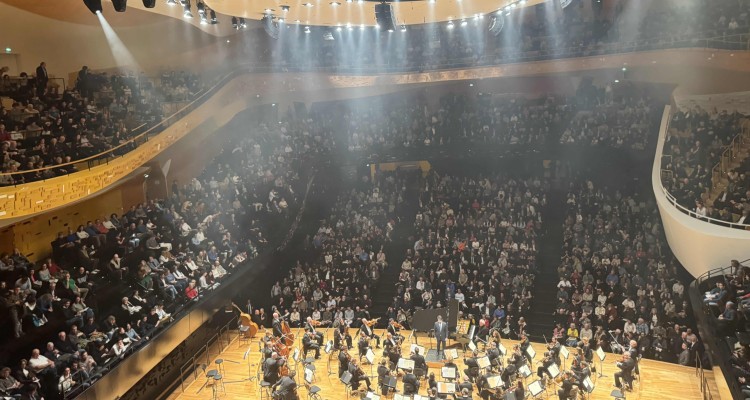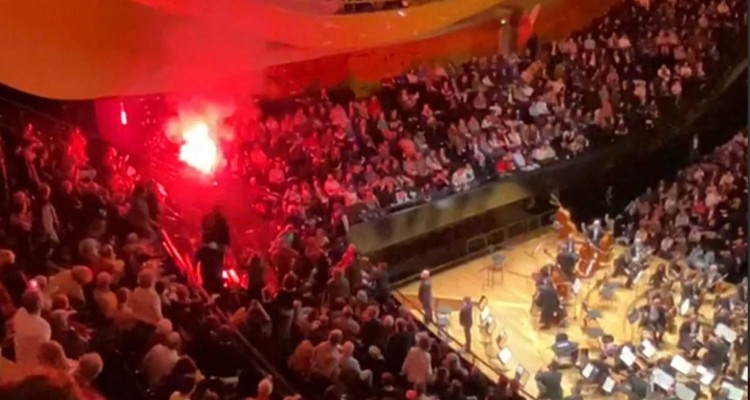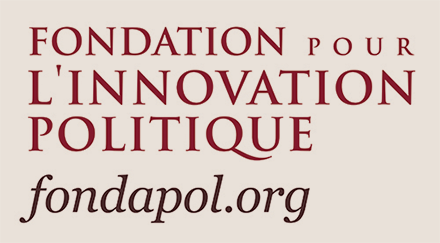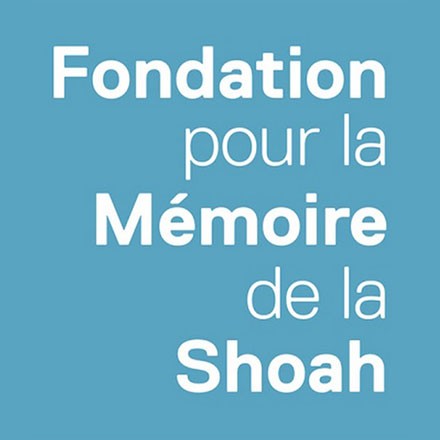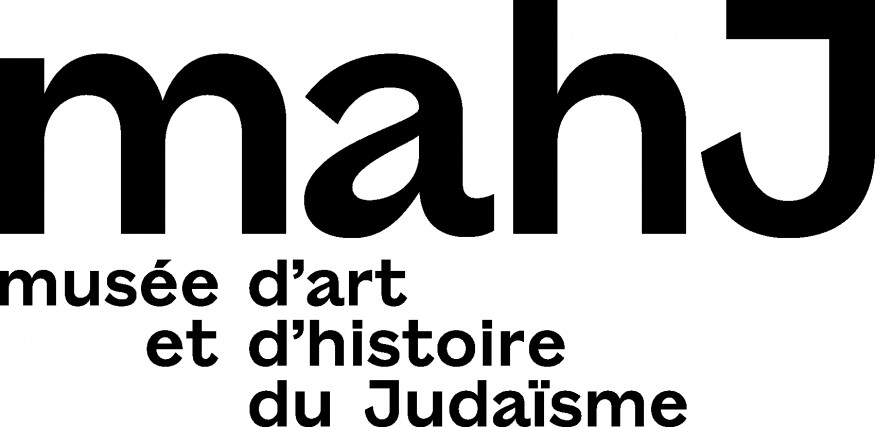On March 13, 1961, Primo Levi was invited, with several other prominent political and intellectual figures from across Italy, to speak at the Teatro Comunale in Bologna, in one of a series of conferences held that year on “Nazism and the Racial Laws in Italy.” It was one of the first times he spoke publicly. Commemorating this event as part of its “Trent’anni di storia italiana” (“Thirty Years of Italian History”) series, the Jewish Museum of Bologna has dedicated a virtual exhibition to Levi’s speech, given in the shadow of the publication of his first book If This is a Man, in 1958.
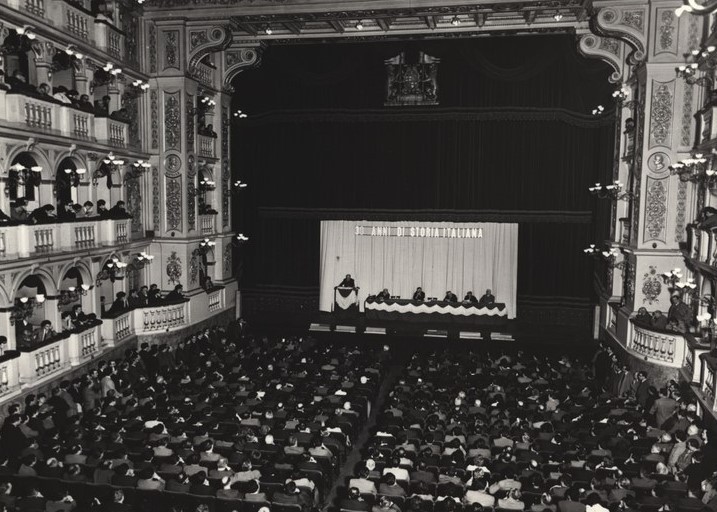
An itinerary, proposed by the museum’s curators and available online, divides the exhibition into four parts: (1) anti-fascism; (2) the political climate in which Levi spoke, in which a period of high social-tension following the Second World War presaged political polarization, extremism, and in many cases terrorism of the Years of Lead; (3) the topic of discussion for March 13: a critical examination “Nazism and Italy’s Racial Laws,”(4) the form and substance of Levi’s response to the topic, which touched on the themes he had addressed in what was then his only published book, If This Is a Man.
“Thirty Years of Italian History”: Fascism Today and Yesterday (Part One)
Twelve of these ‘Bolognese Seminars’ were held in 1961, each of which included a presentation followed by a more informal discussion by one or two of the participants who had direct experience of the topic at hand. As Alberto Cavaglion, the curator of this exhibition, makes clear in his video introduction, the original point of these presentations was to make voices heard–to listen: Reading the correspondence of the seminars’ various organizers, this theme asserts itself once more in multiple suggestions presentations be ‘unread,’ or at least ‘not too read’ (as in not entirely extemporaneous) so that participants could engage more deeply than a simple speech would allow.

If the exposition can be said to include portraits of those responsible for the Seminars, it only does so by representing them as a multiplicity of biographical and intellectual paths converging on Bologna; their voices may be described, but are never reproduced. One gets the sense this is not a matter of technical constraints. Browsing the website, one finds questions related to the virtual nature of the exhibit being raised on several levels. In fact, while browsing the site, one is led to question the effects of dematerialization on several levels: the visitor is confronted with the nature of a word in need of a speaker, in other words, a message that requires constant “reconstruction” so that it can still be transmitted. The meetings in Bologna had followed a chronological order–1915 to 1945, say–so in the virtual rooms of the exhibition, we see a duly orderly sequence of re-situations. These, on the one hand, can restore a large number of contextual elements, and on the other, measure the distance that separates us from what these re-situations refer to. The same holds for the vocabulary of these seminars, especially for those which allow us, in a single click, to access whole semantic fields, and the referential frameworks with which they are associated. I am thinking, specifically, of ‘anti-fascism,’ and the variety of meanings–tangible, local imagined, hyperbolic, etc–this term has conveyed at various times and in various circumstances.
The Political Climate (Part Two)
To what extent should a moral imperative take precedence over respect for the law? Why is it that freedom can only be conceived collectively? How can we recognize the seeds of totalitarianism in apparently democratic societies when they have not yet sprouted?
These questions were at the heart of the debates, especially for their younger participants, as the photos and documents made available by the Historical Institute Parri – Emilia Romagna and the Center for International Studies Primo Levi of Turin clearly show. The Bolognese seminar was held in a time of political upheaval and political violence, especially during demonstrations like the one mentioned by ex-partisan Francesco Berti Arnoaldi Veli in a letter to the literature teacher Mario Longhena, who had been involved in the Socialist Party since his adolescence. The bloody repression of several workers’ strikes seems to be the reason for the broad consensus obtained by the institutions in the planning of the seminar (and the editing of the proceedings). On closer inspection, the journey retraced by the various presentations, including Primo Levi’s, did not just serve to retrace the journey to the ratification of the Italian Constitution, but also offered an opportunity to confront the present. Basically, the Bologna Seminars sought to remind their audience that democracy is not an institution, but a choice–one made daily, and reaffirmed in the small gestures of our day-to-day lives.

And that is just what Levi’s speech of March 13th did. “Nulla vale più della parola di colui che ha sofferto e non odia,” wrote Francesco Berti, in a note of thanks addressed to Levi a few days after his visit to Bologna. This lack of hatred was never a matter of forgiveness: Levi makes that abundantly clear in his writings. Instead, it is a matter of stubbornness–of a refusal to compromise in matters of one’s conscience: to respond to the hollow, glib language of oppression with categorical, unflinching truth.
13 March 1961 (Part Three)
Levi sticks to the facts: his childhood in Turin, the effects of Italy’s racial laws on his peers, (but not on him: due to the convergence of several very lucky breaks, Levi was able to finish his graduate studies in chemistry unimpeded,) and his time in the resistance, (like most men who joined, he was not remotely prepared.) At this point, the events described become a recapitulation of those he recorded in If This Is a Man: capture, imprisonment at Fossoli, deportation to Auschwitz. The exhibit only relates the barest essentials of this narrative, suggesting that what happened is not as important as why.
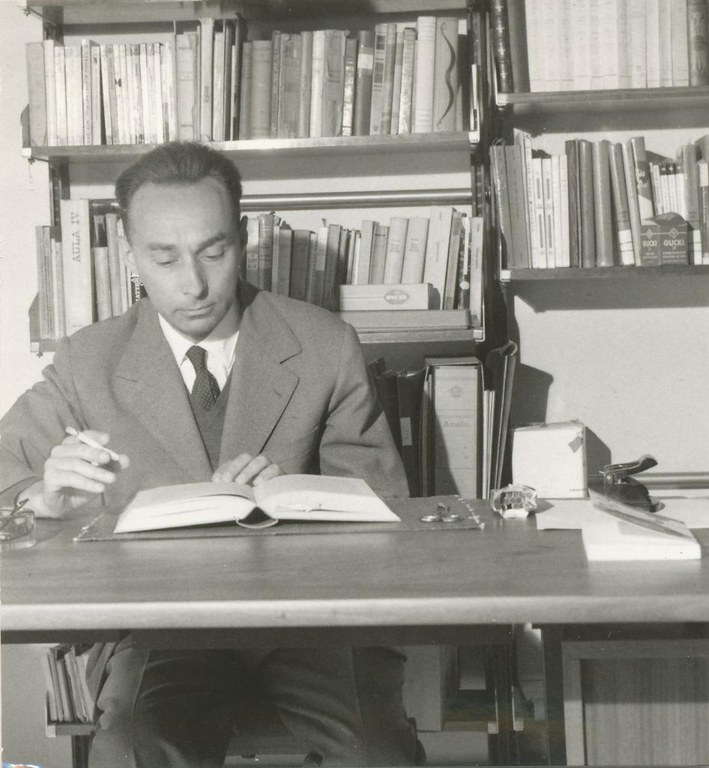
This section of the virtual itinerary dedicated to Levi’s speech are clearly intended to address an audience of students. The photos, texts, explanatory asides–especially augmented by the educational materials the Center for International Studies Primo Levi has, for several years now, made available to schools–allow a much wider audience than students alone to engage with the material. They make Levi’s insights on modernity, individual and collective responsibility, and political commitment (or lack thereof,) readily accessible to all.
It is impossible, walking through an exhibition that revisits the anti-fascist testimonies of 1961, that revisits their calls for vigilance and solidarity in the face of injustice, not to think of our present-day situation. The exhibition not only invites us to rethink, for example, the management of the current migration crisis in the Mediterranean, but it requires us to: that is among its goals. It is impossible, in short, to think of history as anything other than a network. Paradoxical though it may seem, the pandemic has shown us the extent to which, in the advanced capitalist societies of the present day, the world is digitally connected, and it doesn’t require human connection to be that way. In fact, that may preclude it. This is the point made in a documentary filmed by students at Bologna’s Laura Bassi High School in collaboration with the “Corso Doc” Association–a point emphasized in a decidedly elusive (and possibly unconscious) way. This is also what makes this third part of the proposed itinerary the most “participative”, insofar as the material is presented in such a way that visitors can do something with it, establishing, for example, a system of equivalences that can change the way they generally look at their own life habits.
Witness (Part Four)
In a series of essays published in 2012, Philippe Daros talks about literature as an appeal. More specifically, in dealing with the place of poetry in the contemporary world and publishing market, (his remarks have as much to do with late capitalism as they do blank verse,) he suggests the possibility that this form of writing, “…to suggest in its very form a disembodiment, an interruption, that can be read as a call, as a sharing, as a welcome.” Rereading Levi’s speech in the light, this may come as a surprise.

Of course, Levi’s narrative is not poetic, but it does make use of a series of jump-cuts which are useful as a tool to achieve narrative condensation–to fit a vast journey in a slender volume. And yet, somehow, the act of rediscovering it online – and as an unpublished découpage assembled several years after the author’s tragic death – gives the narrative an unfinished aspect, as if it were a story whose implicit and off-field elements were still relevant, and thus required examination. What the exhibition’s curators have constructed using Levi’s words is, then, extremely interesting: a puzzle which is the result of fragmentation and recomposition, the final result of which is to be displayed on a computer screen, therefore displayed everywhere.
As for images, there are not many. It would be interesting to know if this is a conscious choice. One gets the sense, though, that the curators’ conception of a dialogue with the past does not involve seeing who you are talking to, or really knowing them at all. On the contrary, visitors seem to be strongly encouraged to look elsewhere for common ground. If “1961: Primo Levi in Bologna” is a successful initiative, it is precisely because it makes what could have been a hobbling limitation its greatest assett: by reinventing the exercise of listening, by energizing in an unexpected way our role as visitor, by transforming a formal experimentation into a methodological proposal, whose stakes deserve to be deepened beyond the contingency.
Guido Furci
Guido Furci is the author of a PHD on Primo Levi, Aharon Appelfeld and Philip Roth” which is being prepared for publication.

